Copyright © 2025 Motivate Media Group. All rights reserved.
New exhibition in Singapore is challenging our relationship with ‘repairing’ objects
'R for Repair' curated by Hans Tan shines a timely spotlight on the global waste crisis

Urging a social reset in our relationship with broken or discarded objects, ‘R for Repair’ – an exhibition commissioned by DesignSingapore Council – offers a revival of the age-old tradition of repairing rather than replacing, with the aim of giving old objects new life.
According to ‘What a Waste 2.0’, a 2018 report by the World Bank, each person generates around 0.74 kg of waste per day, globally translating to more than two billion metric tonnes a year of municipal solid waste. ‘R for Repair’ responds to this urgent global waste crisis by proposing that the best method of reducing the amount of global waste is t not create it in the first place. By repairing objects that are no longer in use, we avoid generating waste while also controlling consumption.
[row][column width=”50%”]
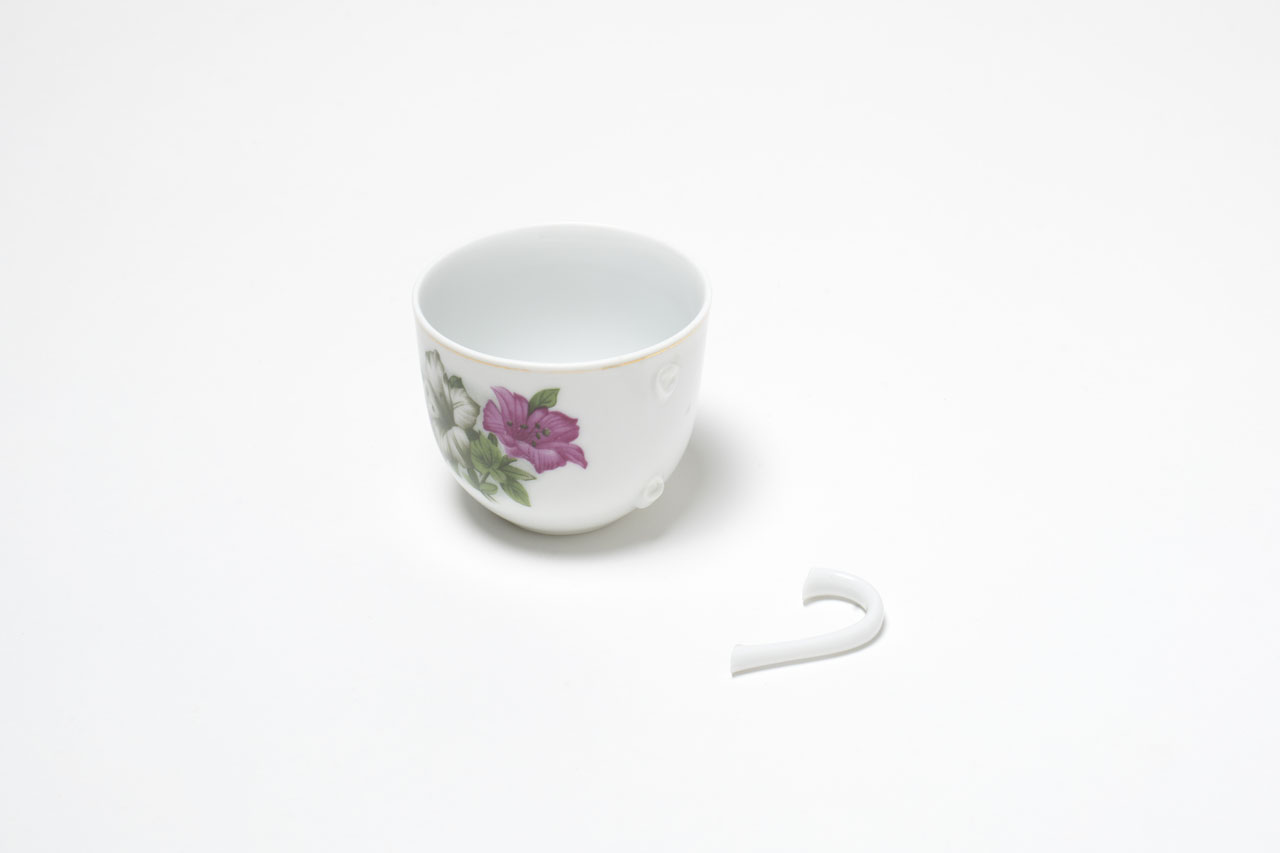
A porcelain tea cup with a broken handle was repaired by Atelier HOKO by smoothing down the sharp edges where the handle used to sit, turning it into a cup.
[/column][column width=”50%”]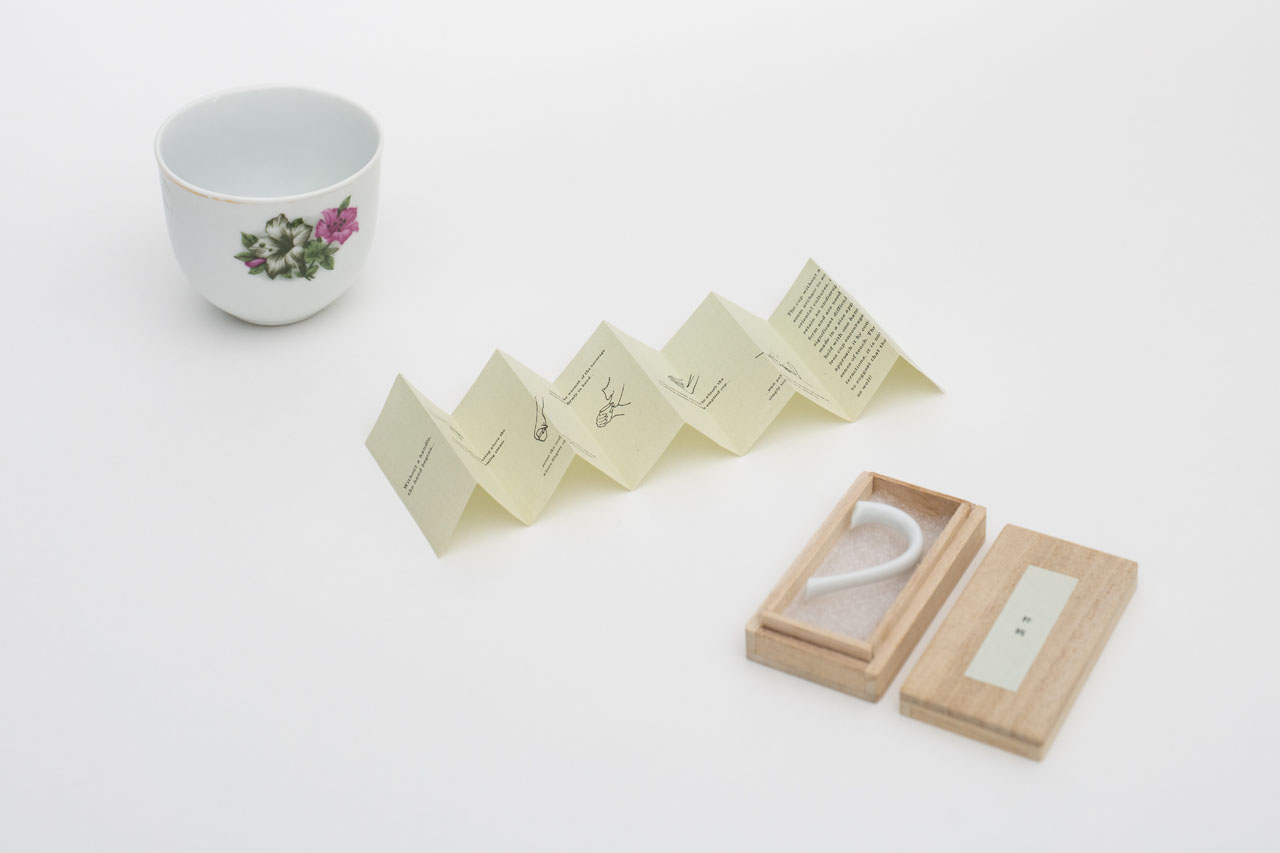 [/column][/row]
[/column][/row]
“I was reflecting on how ‘repair’ is not commonly seen as an aspiring activity,” designer Hans Tan tells identity. “You only repair things when you cannot afford to replace them, and it is not uncommon for people to see repair as lesser compared to buying a new product. When you have a hole in your clothing, you do not normally mend it. But we used to, not too long ago.
“Repairing is also typically perceived as demeaning by profession. Most of the time, designers aspire to design new products. I thought it would be interesting to bring an alternative perspective to repair, while ‘repairing’ our relationship with it.”
[row][column width=”50%”]
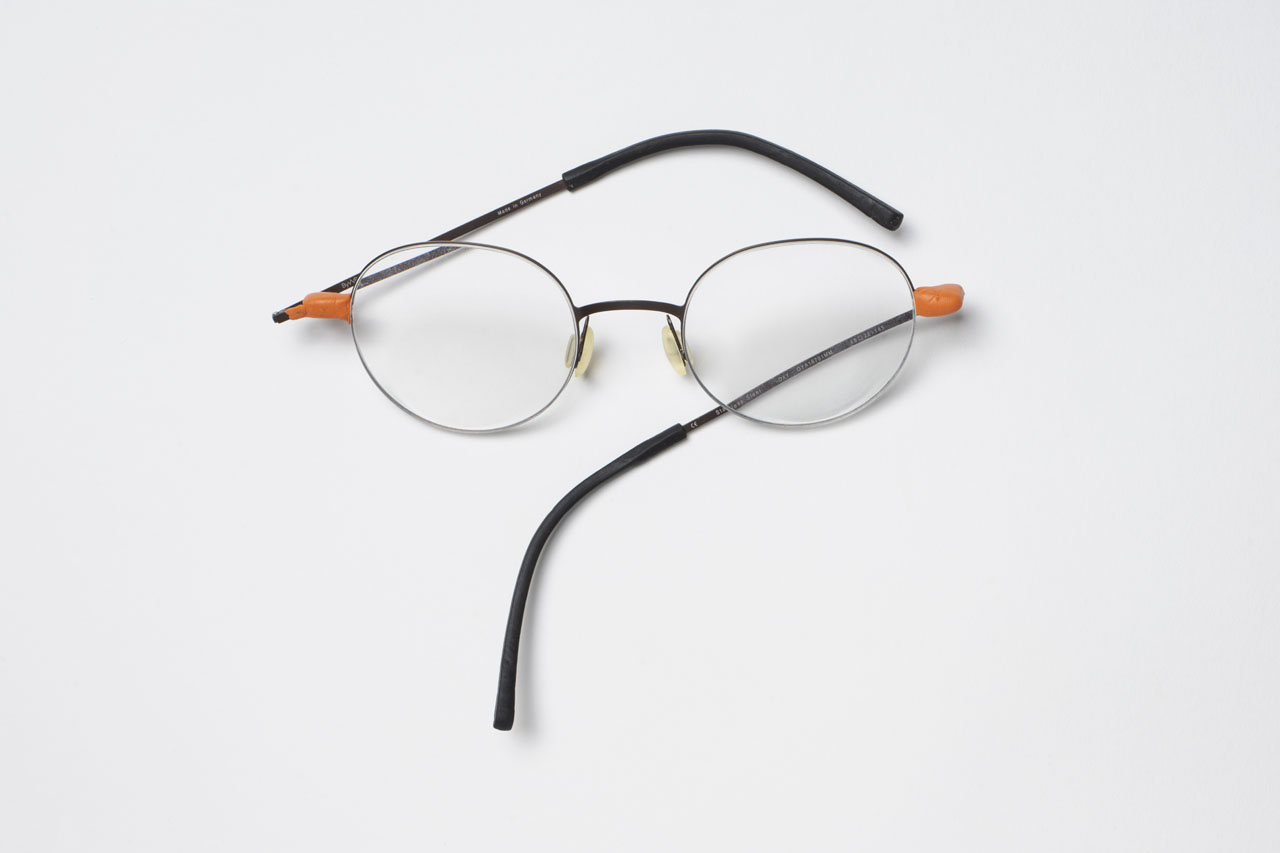
Kinetic SG ‘repaired’ a pair of broken spectacles as part of the ‘R for Repair’ exhibition.
[/column][column width=”50%”] [/column][/row]
[/column][/row]
Tan sent out an open call for the public to submit objects that were either broken or have stopped working, but had been kept due to their sentimental value. The objects were then narrowed down to 10 and paired with ten Singaporean designers based on their area of expertise; including Stateproperty, Atelier HOKO, Clement Zheng and Lanzavecchia + Wai, among others.
During the exhibition, the repaired objects are anchored by an engaging narrative, as well as an image of them in their original state in the home of the donor. Conversations between donor and designer are also displayed through text together with an explanation about their approach to repairing the objects.
The objects themselves range from mundane items such as a broken watch or spectacles to more intriguing pieces such as a fused radio clock. The designers transformed each object into an item that, although not completely new, contains renewed characteristics that may help to make it covetable again.
[row][column width=”50%”]
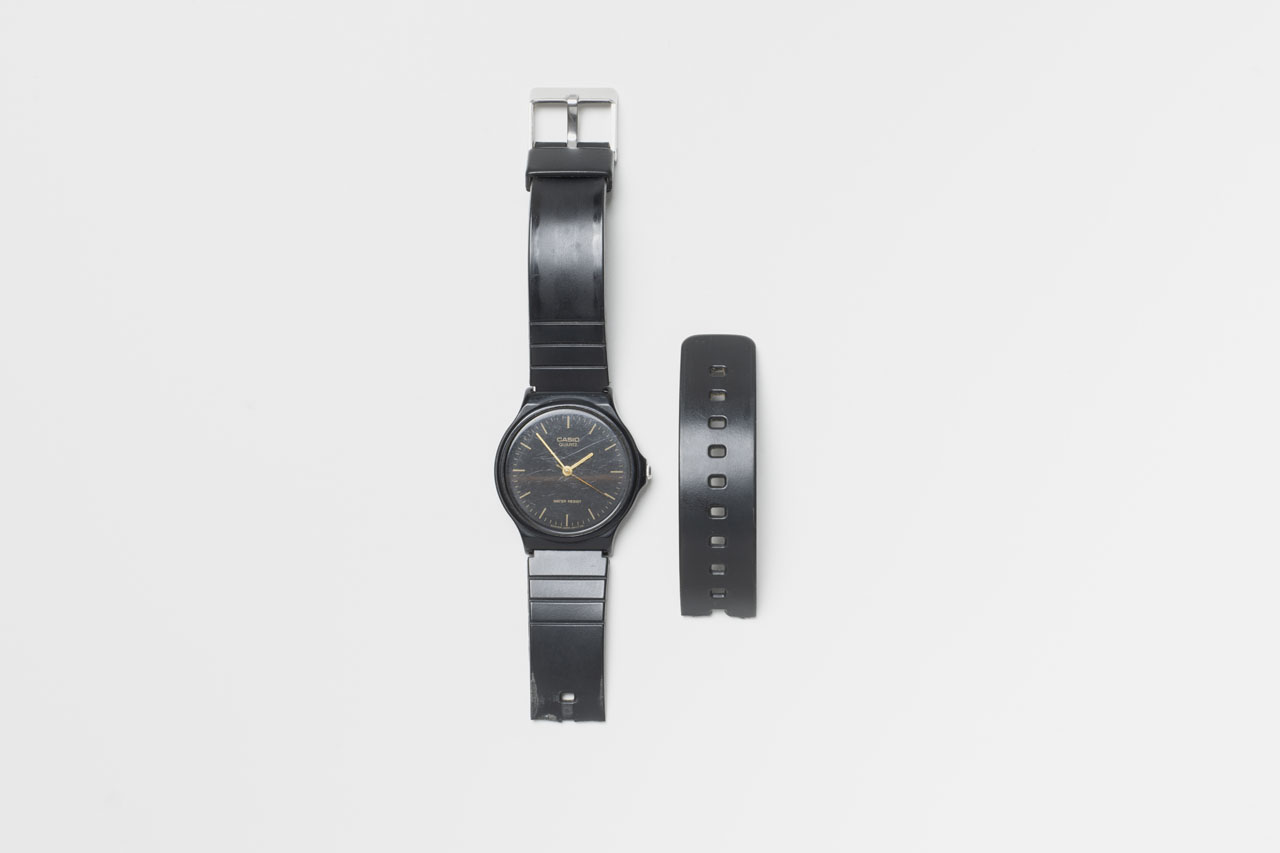
A watch with a broken strap has been converted into a clock by Lanzavecchia + Wai.
[/column][column width=”50%”]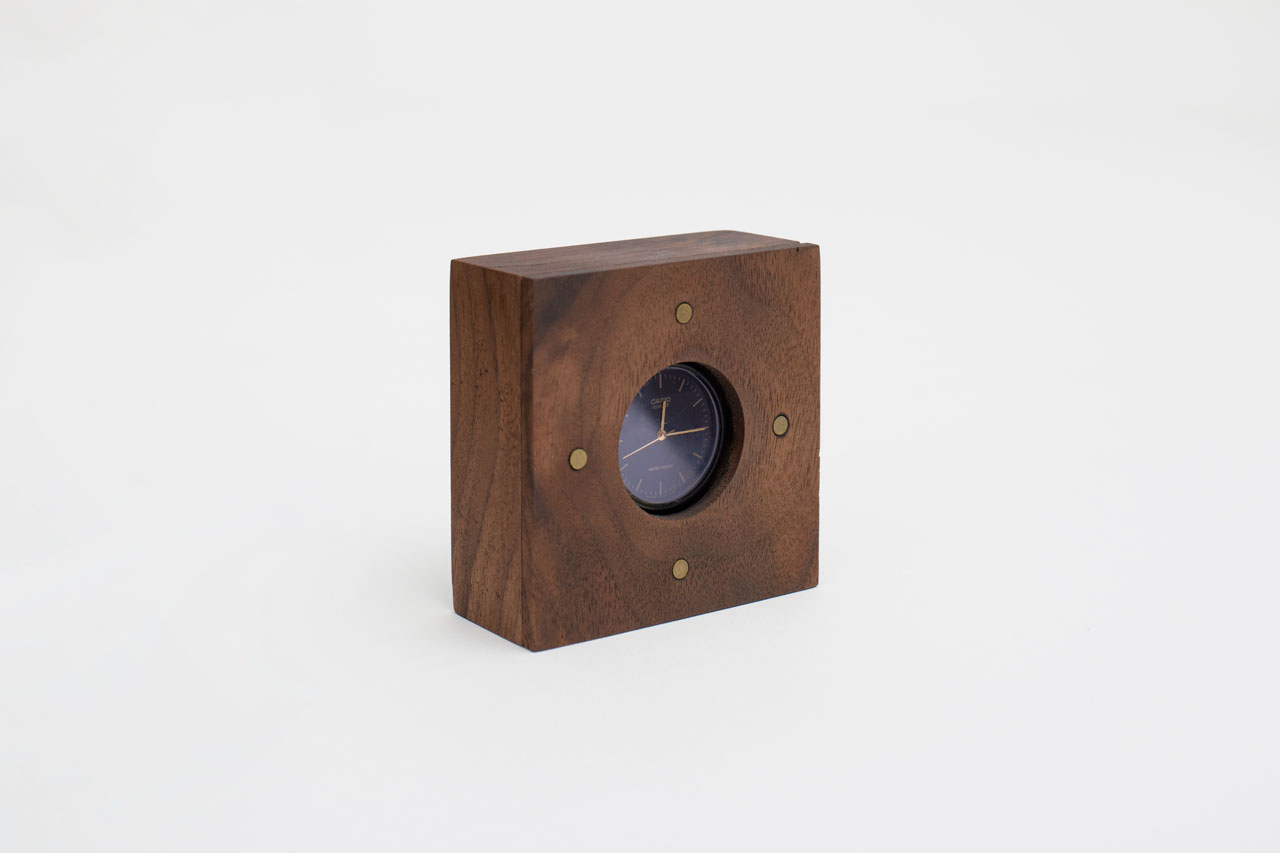 [/column][/row]
[/column][/row]
At the core of the exhibition is an attempt to transform the very idea of sustainability. “The project was not positioned to look for sustainable solutions,” says Tan. “Often, sustainable solutions are associated with inconvenience and sacrifice, so they don’t result in ‘sustainable’ practice. To me, it was more important to look for a mindset shift through this project, where the different repair approaches from the designers offer a variety of approaches to how one might see the concept of repair.
“Think about what else you can do with it. Could it do something else, become more meaningful, more beautiful and more identifiable? As one invests effort into the repair, an emotional connection is established: one that is valued above that which can be bought.”
[row][column width=”50%”]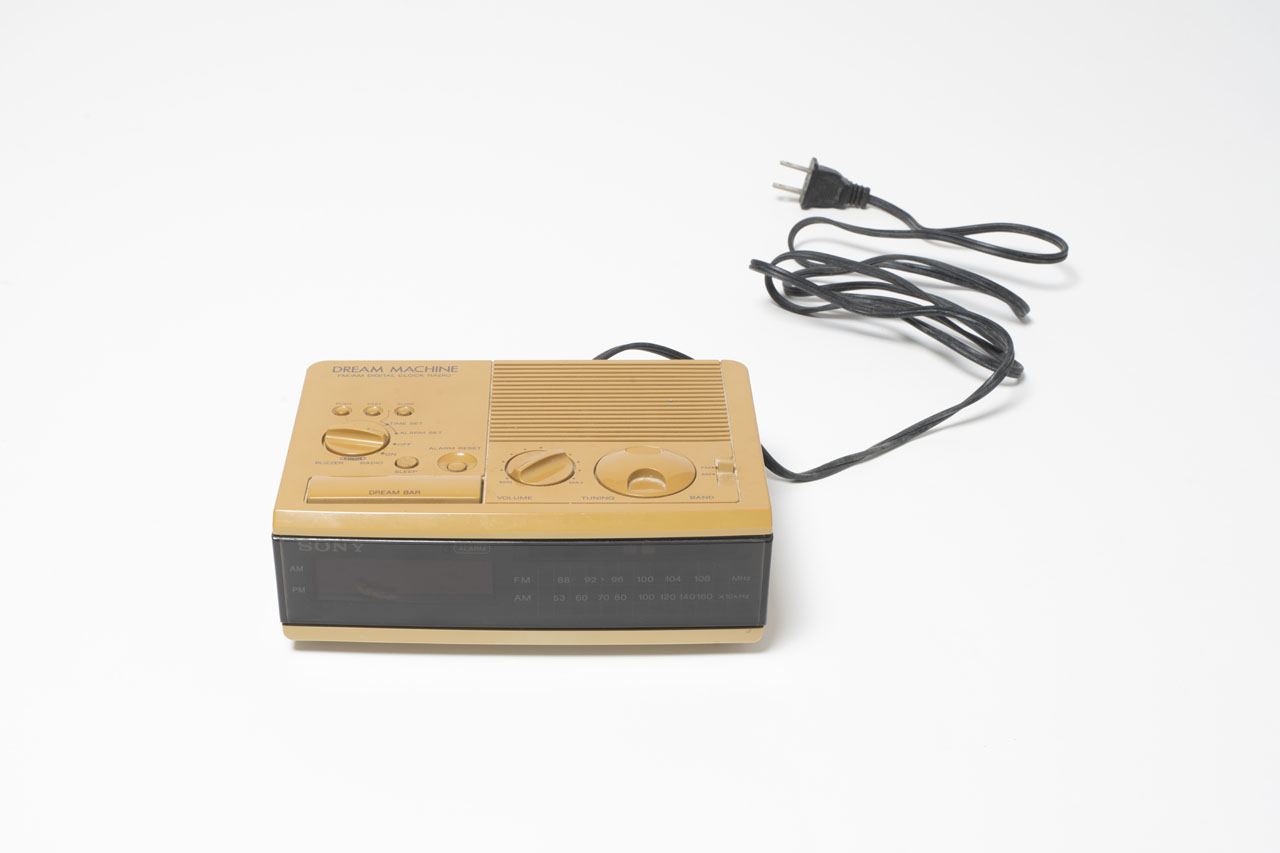 [/column][column width=”50%”]
[/column][column width=”50%”]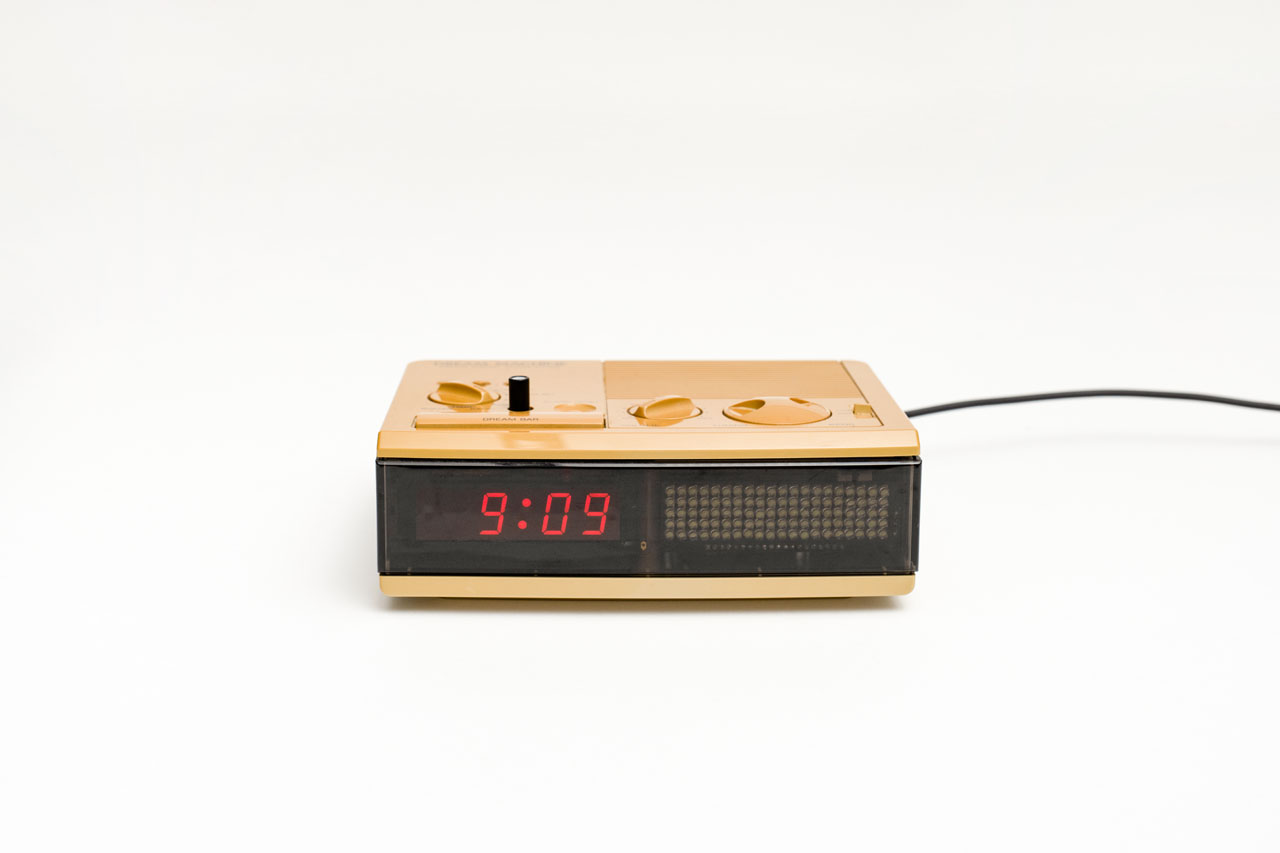 [/column][/row]
[/column][/row]
Tan further casts the exhibition against the backdrop of Singapore, where natural resources are scarce and craft fabrications and practices are hard to come by. “The use of waste and found objects has been a common thread in my own works,” he confides. “I guess it influenced the way I designed the brief for this project.”
Timo Wong and Priscilla Lui of Studio Juju were tasked with repairing a dilapidated antique Singer sewing machine, which now works perfectly again, with the addition of a sleek new laminate that enables it to double up as a study table.
“Consumers also need to engage in a new kind of behaviour,” the designers say. “They need to be conscious to buy, if they can, things that last. Or to repair where possible. You just need to be a little creative.”
Read more: Formafantasma coninues to put the design profession on the spot
The Latest
Design Take: Inside the Royal Suite at Jumeirah Al Naseem
With sweeping views of the ocean and Burj Al Arab, this two bedroom royal suite offers a lush stay.
Elevated Living
Designed by La Bottega Interiors, this penthouse at the Delano Dubai echoes soft minimalism
Quiet Luxury
Studio SuCo transforms a villa in Dubailand into a refined home
Contrasting Textures
Located in Al Barari and designed by BONE Studio, this home provides both openness and intimacy through the unique use of materials
Stillness, Form and Function
Yasmin Farahmandy of Y Design Interior has designed a home for a creative from the film industry
From Private to Public
How ELE Interior is reshaping hospitality and commercial spaces around the world – while staying unmistakably itself
A collaborative design journey
A Life By Design (ALBD) Group and Condor Developers have collaborated on some standout spaces in Dubai
New Episode: In Design With: Ahmed Bukhash
Watch the latest episode on In Design With.
Highlights of the Biennale Architettura 2025
We shine a light on the pavilions from the Arab world at the Venice Architecture Biennale, on display until Sunday 23 November 2025
Read ‘Bold Design’ – Note from the editor – July/August 2025
Read identity magazine's July/August 2025 edition on ISSUU or grab your copy at the newsstands.
Things to Covet
Elevate your spaces with a pop of colour through these unique pieces
Designing Spaces with Purpose and Passion
We interview Andrea Savage from A Life By Design – Living & Branding on creating aesthetically beautiful and deeply functional spaces
















